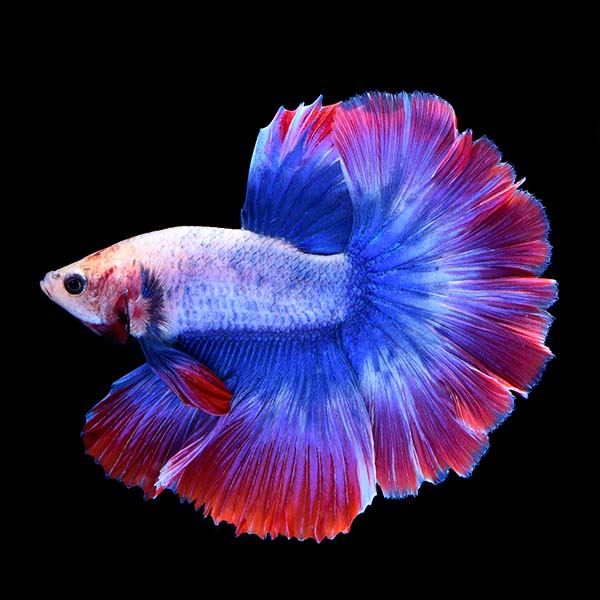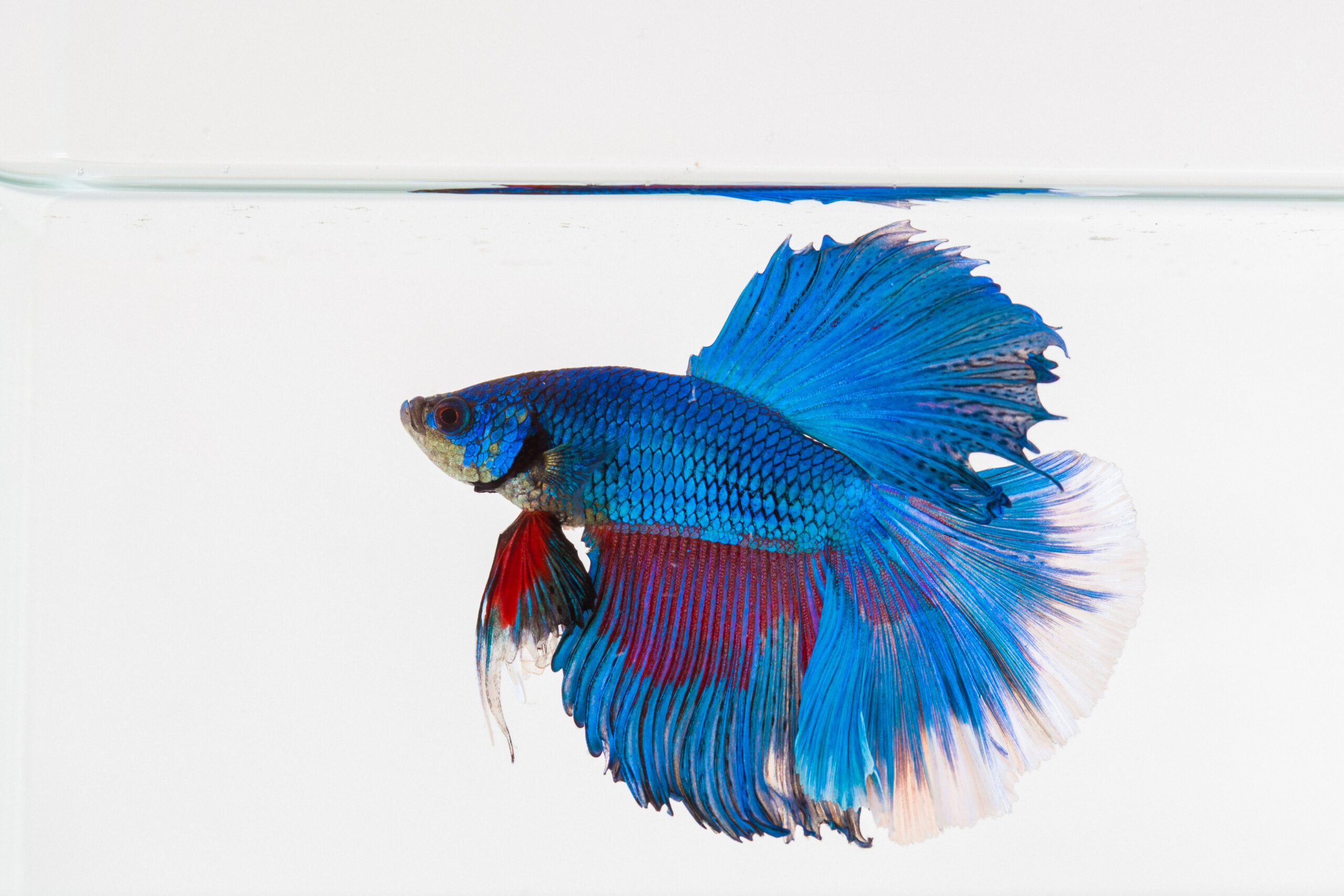Betta Fish Care: Crucial Tips for a Healthy and Pleased Family Pet
Betta Fish Care: Crucial Tips for a Healthy and Pleased Family Pet
Blog Article
Just How to Breed Betta Fish Successfully: Professional Techniques and Insights for Hobbyists Looking to Broaden Their Betta Collection
Breeding Betta fish calls for a nuanced understanding of genetics and ecological conditions, making it crucial for enthusiasts to approach the procedure with both diligence and treatment. Creating an optimum breeding setting, selecting the appropriate pairs, and observing the details of their courtship behaviors are fundamental steps that can significantly affect the end result. The subsequent treatment of the fry is crucial for guaranteeing their healthy advancement. As we discover these essential parts, it becomes clear that successful reproduction is not almost the preliminary pairing yet encompasses a more comprehensive approach that advantages mindful consideration.
Recognizing Betta Fish Genes
Understanding the genetics of Betta fish is essential for successful breeding, as it influences qualities such as shade, fin form, and habits. Betta fish display a varied variety of colors and patterns, mostly figured out by their hereditary make-up. The key genes in charge of pigmentation include the "B" gene for blue, "D" gene for red, and the "C" genetics for color intensity. Breeders can manipulate these characteristics by choosing details moms and dad fish that show wanted features.
Along with pigmentation, fin morphology is one more significant facet of Betta genes (betta fish). The shape and size of fins are affected by different genes, consisting of those that establish whether the fins are short, long, or veil-shaped. Recognizing these hereditary variants helps dog breeders forecast the phenotypic end results of their children
Furthermore, behavior characteristics such as aggressiveness and territoriality can also be affected by genetics. These behaviors play an essential function in the breeding procedure, as they can impact generating success and the general personality of the resulting fry. By adequately recognizing these genetic concepts, breeders can make informed choices, ultimately improving their breeding programs and attaining desirable outcomes.
Preparing the Breeding Environment
Creating an optimal breeding setting is vital for the successful recreation of Betta fish. The very first step in preparing this setting is to select an ideal breeding container, ideally varying from 5 to 10 gallons.
Next, think about making use of a sponge filter or an air rock to provide gentle water flow without producing solid currents that can emphasize the fish. It is necessary to set up plants or breeding cones to use hiding areas and promote comfort for the woman throughout the spawning procedure. Drifting plants, such as Java moss or water sprite, can additionally develop an extra all-natural setting while helping with bubble nest building by the male.
Prior to presenting the reproducing pairs, make sure the water is conditioned and devoid of harmful chemicals, such as chlorine or heavy steels. betta fish. Normal water adjustments need to be performed to keep optimum water top quality, boosting the opportunities of effective reproduction. With these prep work in position, the breeding environment will certainly sustain the wellness and well-being of both Betta fish
Picking Reproduction Pairs
Picking the ideal breeding sets is important for achieving effective Betta fish reproduction. Healthy and balanced Betta fish display vibrant shades, clear eyes, and energetic habits.
Temperament is one more important factor to consider, as Betta fish are known for their hostile nature. It is recommended to pick a male and lady that exhibit suitable temperaments to lessen anxiety throughout the breeding procedure. A tranquil male can urge a smoother courtship, while a female that is also aggressive may interfere with the process.
Hereditary background likewise plays a substantial function in the top quality of the offspring. Reproducing fish that are genetically varied can decrease the threat of hereditary health and wellness concerns visit here and enhance the general vitality of the fry. It is advantageous to look into the lineage of both the male and lady, concentrating on desirable qualities such as fin kind, color patterns, and size.
The Breeding Refine
The reproduction process of Betta fish requires cautious preparation and interest to detail to make certain a successful outcome. At first, it is essential to prepare a suitable breeding storage tank, preferably a 5-10 gallon fish tank with a temperature level kept at 78-80 ° F. The storage tank must be outfitted with a heater, filter (preferably sponge type to avoid strong currents), and plenty of aquatic plants for the female to hide.
Once the environment is set, introduce the selected breeding pair to the tank, allowing them to accustom. Observe their habits; the male will show elaborate courtship rituals, consisting of flaring his fins and constructing go now a bubble nest. If the lady reveals passion, she will certainly show vertical stripes indicating preparedness for spawning.
When the female is responsive, the pair will certainly involve in a mating welcome, throughout which the male fertilizes the eggs. Keeping ideal water conditions throughout this period is vital for the development of healthy and balanced Betta fry.
Taking Care Of Betta Fry

Feeding Betta fry is vital, as they call for a diet high in healthy protein. They can be fed infusoria or liquid fry food, transitioning to finely crushed top notch pellets as they expand. Feed tiny portions multiple times a day to encourage healthy growth without overwhelming the container with leftover food.

As they develop, check their growth click here now very closely and separate any aggressive people to avoid harm. By supplying a nurturing atmosphere and proper nourishment, enthusiasts can effectively elevate Betta fry right into lively, healthy and balanced fish, eventually boosting their breeding undertakings.
Conclusion
Successful Betta fish reproduction requires careful attention to genetic option, environmental conditions, and treatment for the fry. By understanding the genetics of Betta fish and preparing an appropriate breeding setting, enthusiasts can improve the opportunities of generating dynamic, healthy and balanced spawn. Selecting compatible reproduction sets and closely checking the courtship and spawning processes are necessary. Offering optimum treatment for the fry guarantees their healthy development, contributing to a successful Betta collection.
Report this page